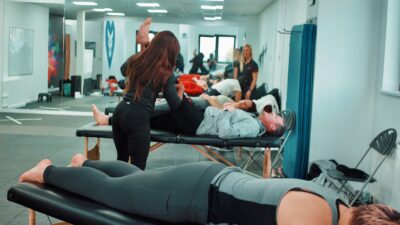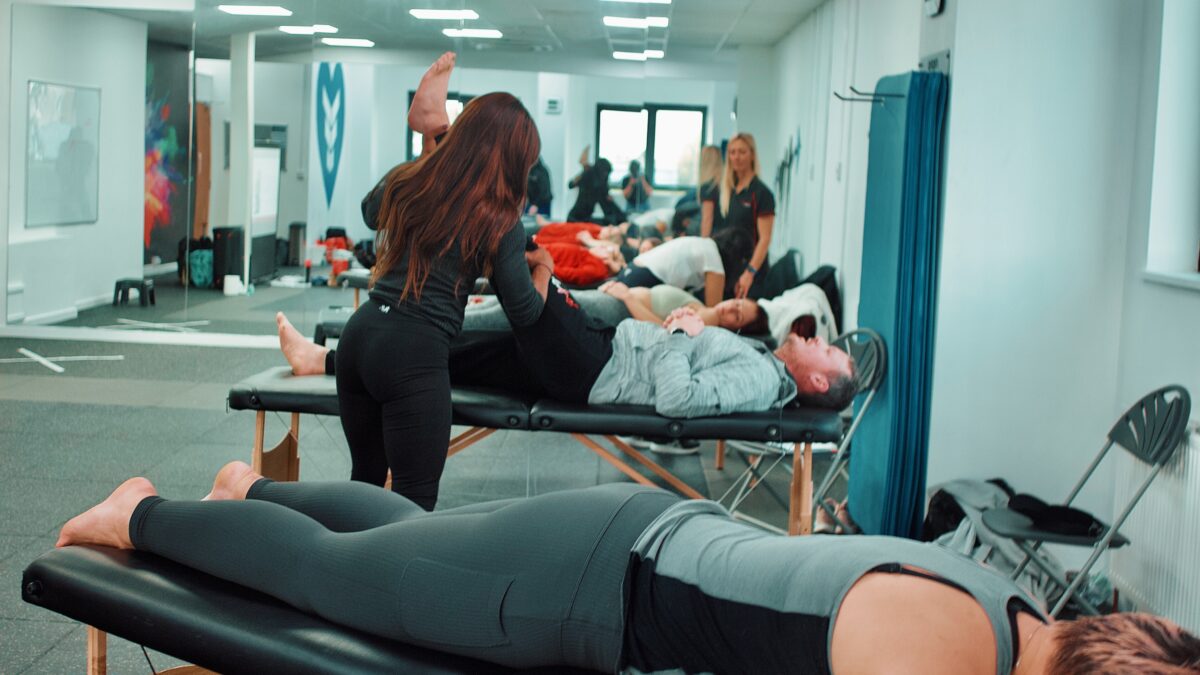




A biomechanical assessment evaluates how your body moves, both internally and externally. This comprehensive approach helps identify any dysfunctions or imbalances that could be affecting your performance or causing pain. There are two main types of biomechanical assessments:

Equipment-Free Biomechanical Assessment


Biomechanics Coaches are certified professionals who specialize in assessing and improving movement quality. They undergo extensive training, including a 7–9-month Diploma in Biomechanics Coaching, after qualifying in fields like personal training, sports therapy, or yoga. They perform detailed assessments of joint and muscle function to identify and address movement issues. You can find a registered Biomechanics Coach in the UK here.

Podiatrists specialize in foot and lower limb biomechanics. They hold a degree or master’s degree and are registered with the Health & Care Professions Council (HCPC). Podiatrists use advanced techniques like video gait analysis to diagnose and treat foot and ankle issues. Their interventions range from orthotic inserts to specialized exercises, and sometimes surgery.

Physiotherapists complete a minimum of a three-year degree and may specialize in various areas, including biomechanics. They assess muscle strength, range of motion, and movement patterns to diagnose and treat musculoskeletal problems. Physiotherapists often work in multidisciplinary teams in the NHS or privately and use a combination of manual therapy and exercise prescriptions to help patients recover from injuries.

Golf coaches, often trained through the Professional Golfers Association (PGA), help players improve their biomechanics to enhance performance and reduce injury risk. They may use Functional Movement Screening (FMS) and video analysis to evaluate and refine a golfer’s swing. Look for SafeGolf or PGA-accredited coaches for certified expertise.

Riding coaches trained in equine biomechanics assess both the rider’s and the horse’s movement. This dual approach helps identify and correct imbalances that could affect performance. Coaches trained in human biomechanics can offer exercises to help riders maintain symmetry, benefiting both the rider and the horse. Find qualified coaches through the British Horse Society (BHS) or the Register of Biomechanics Coaches.
Understanding the importance of biomechanical assessments is crucial for optimizing movement and reducing pain. With various methods and professionals available, it’s essential to choose the right type of assessment and assessor for your specific needs. Whether you’re a professional athlete, a casual exerciser, or experiencing movement issues, a biomechanical assessment can provide valuable insights and solutions.
Interested in learning more? Sample our programmes to start assessing and improving your biomechanics today!
